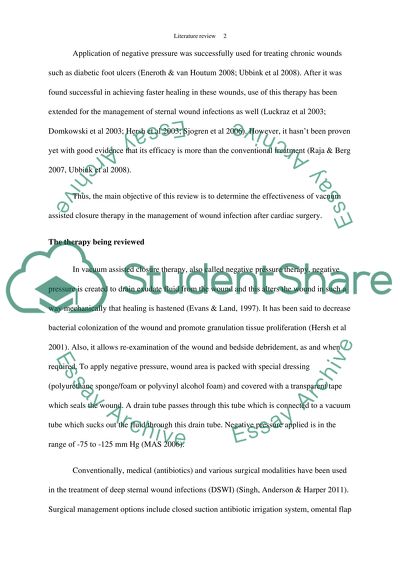Cite this document
(“The impact of VAC Therapy on management of sternal wound infections Literature review”, n.d.)
Retrieved from https://studentshare.org/nursing/1399488-the-impact-of-vac-therapy-on-management-of-sternal-wound-infections-after-cardiac-surgery
Retrieved from https://studentshare.org/nursing/1399488-the-impact-of-vac-therapy-on-management-of-sternal-wound-infections-after-cardiac-surgery
(The Impact of VAC Therapy on Management of Sternal Wound Infections Literature Review)
https://studentshare.org/nursing/1399488-the-impact-of-vac-therapy-on-management-of-sternal-wound-infections-after-cardiac-surgery.
https://studentshare.org/nursing/1399488-the-impact-of-vac-therapy-on-management-of-sternal-wound-infections-after-cardiac-surgery.
“The Impact of VAC Therapy on Management of Sternal Wound Infections Literature Review”, n.d. https://studentshare.org/nursing/1399488-the-impact-of-vac-therapy-on-management-of-sternal-wound-infections-after-cardiac-surgery.


